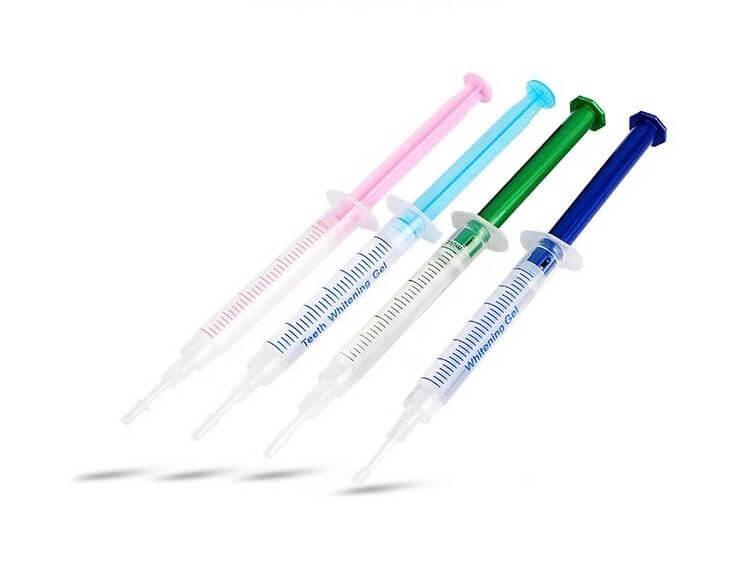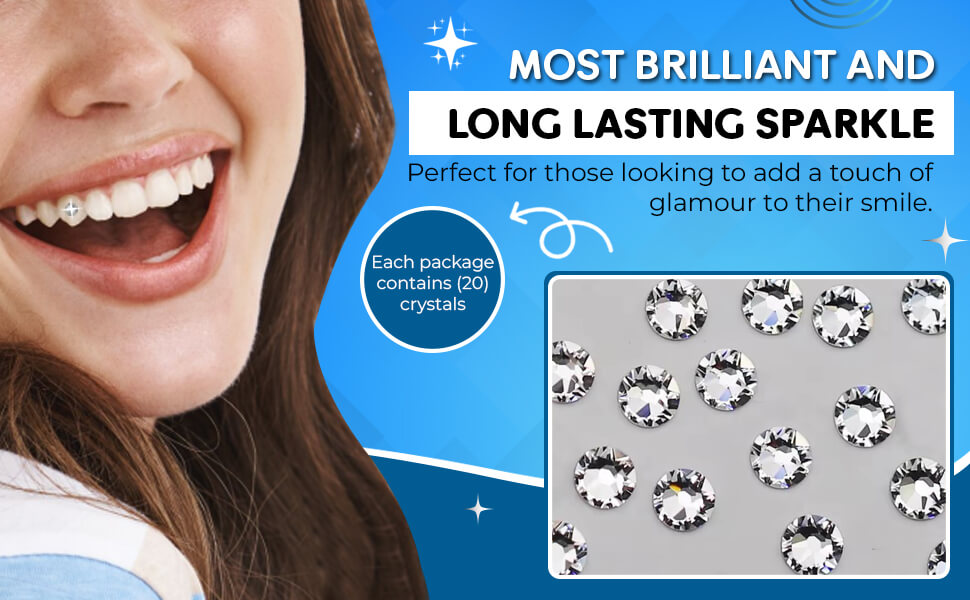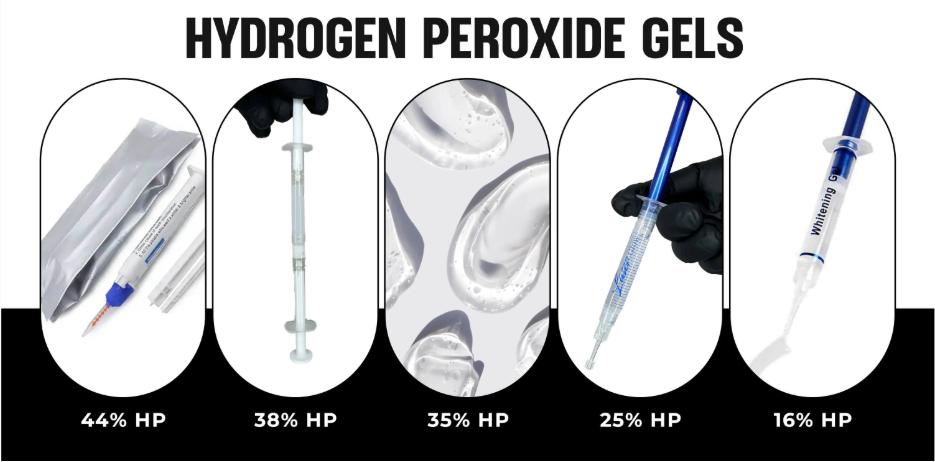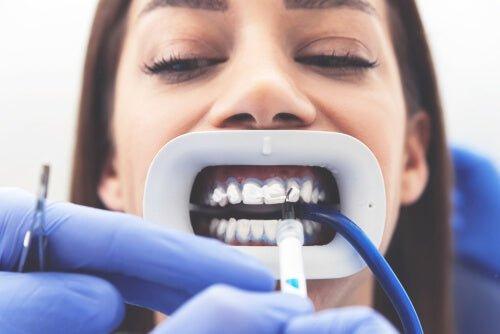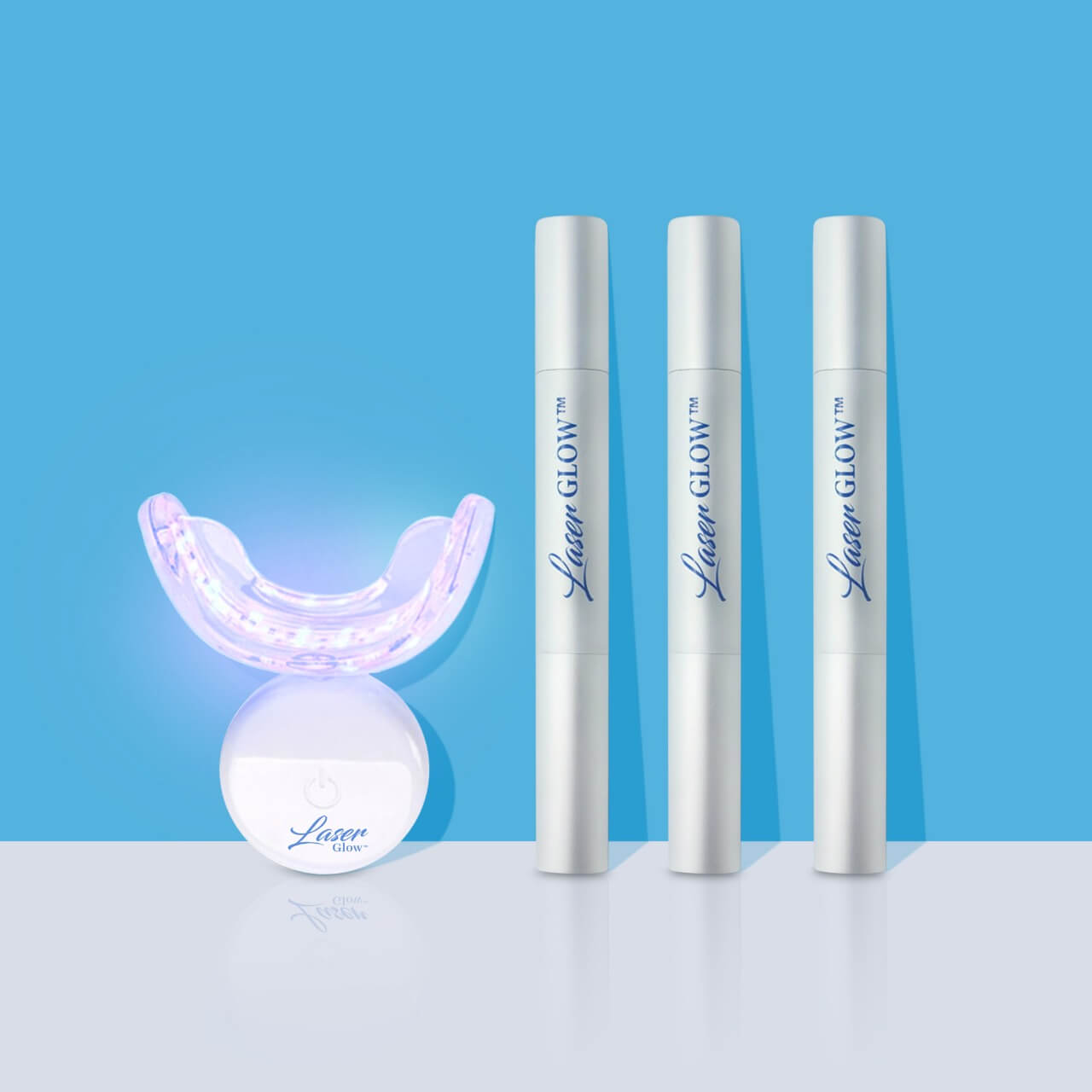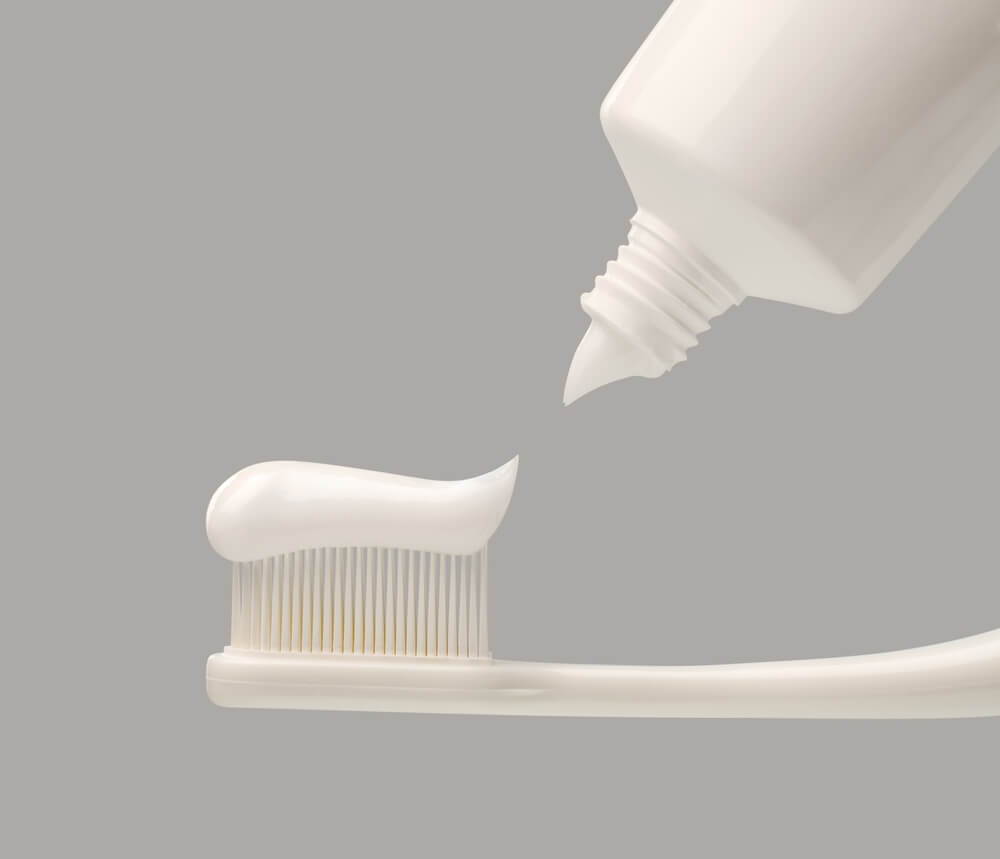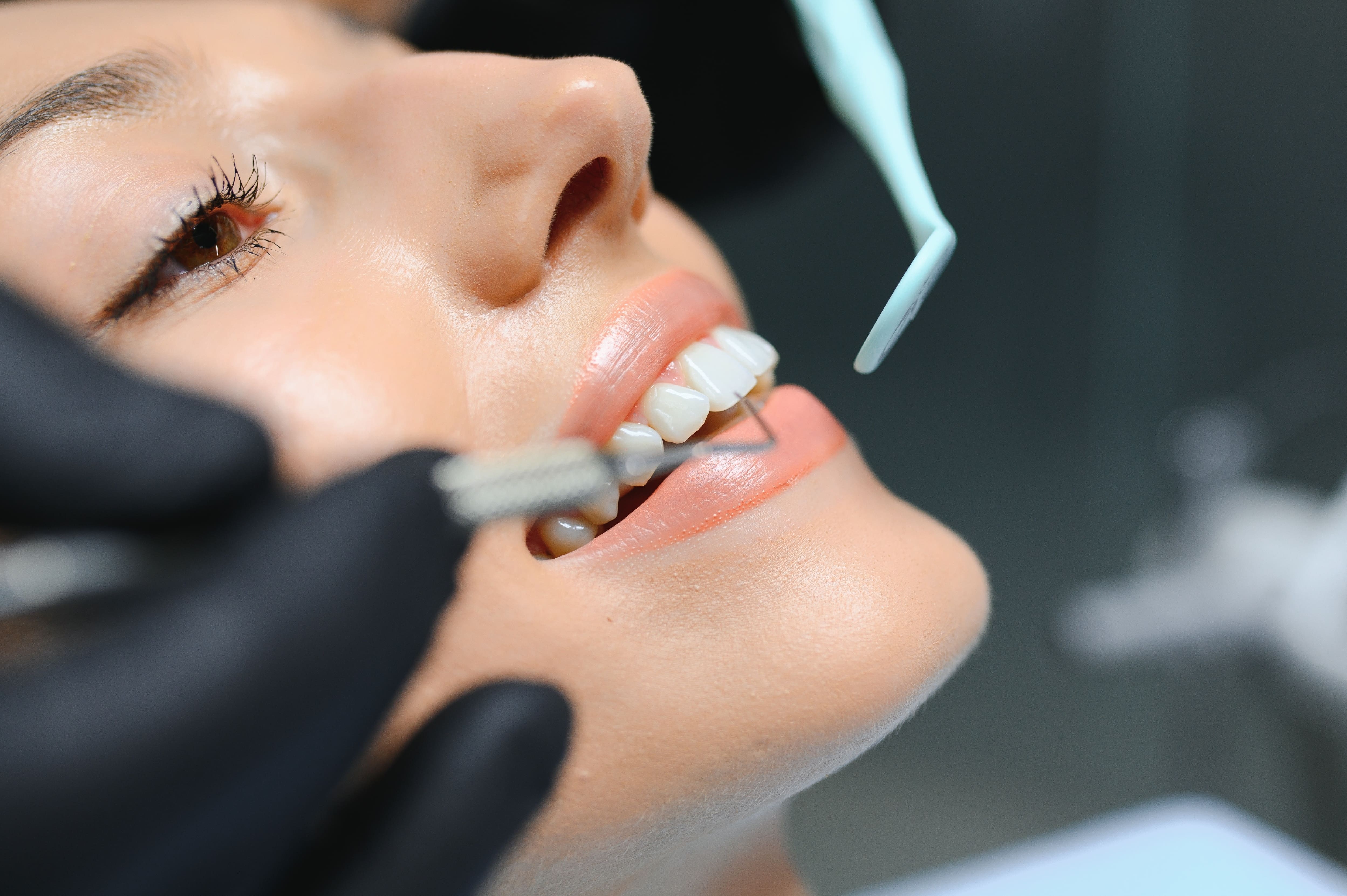Both hydrogen peroxide (HP) and carbamide peroxide (CP) are widely used in professional teeth whitening – but they aren’t identical. If you’re a dentist, esthetician, or whitening technician, understanding the differences between these two bleaching agents is key to choosing the right product for each client. In this article, we’ll compare hydrogen peroxide vs. carbamide peroxide gels in terms of chemical makeup, how quickly they work, client comfort and sensitivity, typical use cases, and safety considerations.
Chemical Differences Between Hydrogen Peroxide and Carbamide Peroxide
Hydrogen peroxide (H2O2) is the direct bleaching agent that whitens teeth by releasing oxygen molecules. Carbamide peroxide, on the other hand, breaks down into hydrogen peroxide plus urea, releasing its whitening power more slowly. A 30% carbamide peroxide gel yields about 10% hydrogen peroxide once decomposed. Professionals should remember the 1:3 conversion ratio when comparing strengths.
Speed of Whitening and Treatment Time
Hydrogen peroxide works fast, making it ideal for in-office whitening sessions. A 25–35% HP gel can show results in under an hour. Carbamide peroxide, by contrast, is the marathon runner—designed for longer, sustained whitening through overnight trays or multi-week regimens.
Client Comfort and Sensitivity
Hydrogen peroxide provides rapid whitening but can cause short-term sensitivity. Carbamide peroxide is gentler, releasing peroxide gradually for patients with sensitive teeth. CP is often recommended for overnight tray use, while HP is best suited for immediate results.
Professional Use Cases
In-Office Whitening (Immediate Results): Hydrogen peroxide gels (25–35%) are ideal for same-day whitening. Take-Home Whitening Kits (Gradual Results): Carbamide peroxide gels (10–22%) are best for safe, long-duration whitening at home. Sensitive Clients: Opt for carbamide peroxide or lower-concentration hydrogen peroxide. Resistant Stains: Use extended carbamide peroxide regimens, sometimes combined with hydrogen peroxide jump-starts.
Safety and Best Practices
Both gels are safe when used correctly. Hydrogen peroxide requires gingival barriers and careful application to avoid burns, while carbamide peroxide requires well-fitted trays to prevent leakage. Both should be paired with proper aftercare advice (sensitivity toothpaste, avoiding staining foods for 24–48 hours, etc.).
Explore Professional Whitening Gels
LaserGlow offers a full range of professional whitening gels including hydrogen peroxide, carbamide peroxide, and peroxide-free PAP+ options to fit every client need.
FAQs
Which whitens better? Both HP and CP achieve similar end results; HP is faster, CP is gentler and longer-lasting.
Is carbamide peroxide safer? It’s gentler on sensitivity, but both are safe under professional use.
How do I convert percentages? Use the 1:3 ratio: 30% CP ≈ 10% HP.
Do I need a light? Lights are optional but commonly used with HP for enhanced results.
Can I use both? Yes—many professionals combine HP in-office with CP at-home kits.
When to avoid? Avoid whitening during pregnancy, in children, with untreated dental issues, or on restorations.


